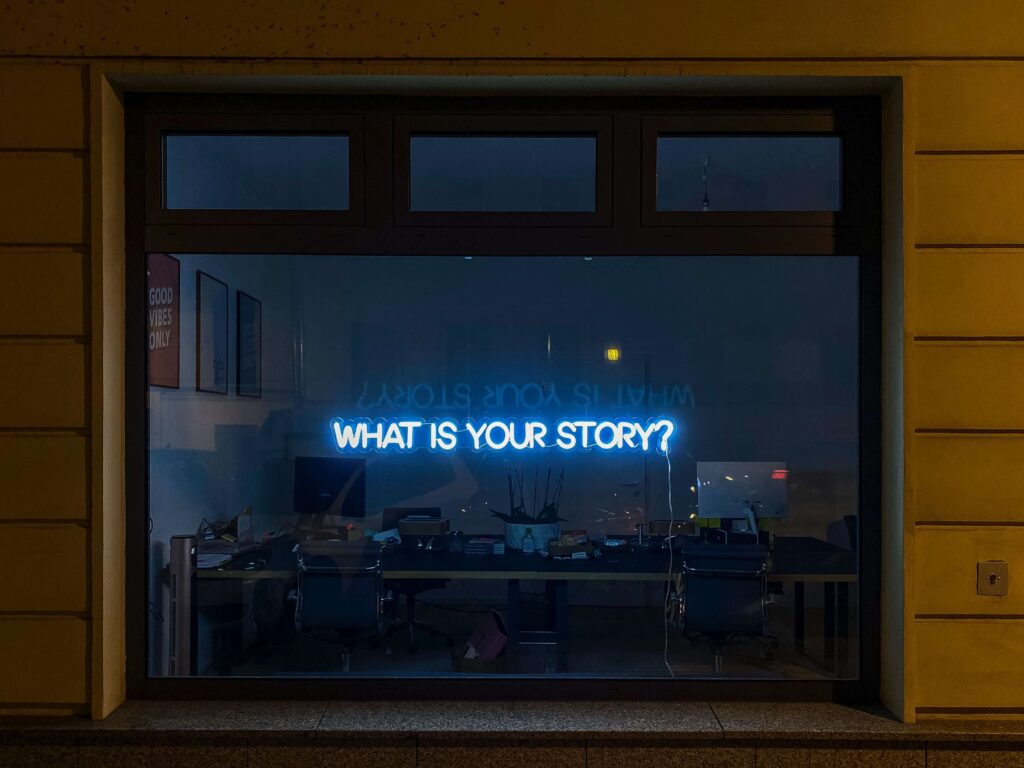Branding Questionnaire Example – Ask the Right Questions to Make Your Work Easier

Creating a branding questionnaire for your client is most definitely a crucial task before you start on a project. The branding insights you will get from these will lead you in the right direction as it anchors you to the main idea and the main message your client wants to communicate. As a result, you reduce the chance of submitting work that is not aligned with what your client wants. Fewer revisions. Fewer edits. Simply put, a branding questionnaire will help you do your job easier, produce the correct product, and land returning clients.
What Is a Branding Questionnaire?
A branding questionnaire is a set of questions you send to your clients, intended specifically to develop a solid brand. Freelancers in the fields of marketing, copyrighting, or creative design use the branding questionnaire to see and understand the client’s purpose, its brand identity, and the message the brand wants to imply.
It should not be confused with a design brief. A design brief is a summary of the design or work you will be doing for a project. The branding questionnaire, on the other hand, helps create the product’s identity, like a logo or a tagline. It gives important information you need to develop a ground-breaking strategy or design to make a product or service stand out.
The Right Questions to Ask

Whether designing a logo, developing a website, or doing a fashion photoshoot, you need to know the message and image your client wants to express. As you would know, every logo has a story behind it. Every tagline relays a value. Even the color palette of a brand is carefully thought of. So how did Nike come up with the slogan “Just Do It”? Why is Starbucks’ iconic logo a two-tailed mermaid?
To help your client have an excellent customer recall, you must have a comprehensive branding questionnaire for them to complete. You can categorize the questions according to how you will build up the product or service.
Getting To Know You

1. What is your product/service’s story?
Know your client’s history. Know how their product or service came to be. You cannot create or develop a project without knowing its origin because its history is where everything will branch out. Their history will give you an idea of how to tell their story. For example, you are to design a logo for a food product. If you learned that the recipe was created by their grandmother, then using the image of their grandmother could be one of your options.
2. What is your product/service’s personality?
Through this question, you will know the tone and basic elements you can use. Think, if this is a human, what are its characteristics? Strong? Preppy? Serious? Elegant? Motherly? If you are to create a social media campaign for a client, this is the most important question you need to be answered. It would set the tone of the campaign.
3. What is the best thing about your product/service?
Based on your client’s answer, you now know the strong points you can utilize in your work. This is their unique selling proposition and what they like most about their product or service, so work on this. This is something they want to showcase. For a clothing product, for example, if the client says their clothes are made from wrinkle-free fabric, then you can focus on that quality.
4. What is your product/service’s weakest point?
Just like knowing the best thing about the product, knowing the weakest point is important. You now know how to avoid highlighting the least good thing about it. If, for instance, their pricing is on the higher end, then you should be careful when writing anything about pricing in your copyrighting. Or work your way around it by presenting it as elegant or timeless. Customers will now think of the value for their money instead of the product being expensive. This is how important this question is.
5. What is your mission statement?
Knowing the purpose of the business is important to understand its identity better. It shows the values and vision of the company. This will then help you align your work with their goals. It will help you get on the right track.
The Target Market

6. Who are your target customers? Identify the demographics and personality.
Know the target market. This will narrow down your options regarding the design or how you tell the story. It will give you a clear set of words or image choices if you know the market’s preferences. For example, if you are doing a photoshoot or an advertisement for an inn, and the target market is families, then you’ll know you cannot feature a group of college students doing a sleepover party.
7. What do you want your customers to feel toward your product/service?
Again, this helps set the tone. You have to create an output that would result in the emotion your client wants their customers to feel. Let’s say you are developing a website for an animal shelter, and the client wants the viewers or visitors of the website to feel sympathy which would translate to a donation. Then that is the factor you should consider when building up the site.
8. What one word would you like your customer to describe your product/service?
This is important when writing a slogan or designing a logo. Your client can write here that they want to be described as classic, excellent, or affordable. While this may be tricky as they can provide you with the most generic answer, it will still help you align your work with your client’s goals and vision.
The Other Players
9. Who are your competitors?
While you may have a list of obvious competitors, your client may have other players in mind that they consider a threat to their business. Knowing who the other players are would be advantageous to you, especially, if, for example, you are doing a marketing campaign for your client.
10. Which brands inspire you?
Know what’s on the other side of the coin. Learn how these brands inspire them. While knowing the threats and weaknesses in your client’s business is good, you can also benefit from knowing the strategies of the brands they admire.
Imagery

11. What colors do you prefer?
For visual arts-related works, it is best to ask about the color choices of your clients. This is to avoid wasting valuable time doing revisions, such as changing the color palette. If they do not have a definite color scheme to start with, then you can give them choices based on the brand’s personality.
12. Any fonts in mind?
Not everybody is knowledgeable when it comes to font styles, right? A multiple-choice type of question can be used here. Provide a set of fonts with different styles so they can visually see what it looks like. Add an “Others” option too, if they already have a font in mind or a customized one.
13. What should your logo imply? Or, What does your logo mean?
If you are designing a logo, it is best that the message would be clear. Do they want a logo with their name or initials? Do they want a logo that symbolizes their value? Or do they want a play with their product? If they have an existing logo, and this is not your project, it is still good to know what their logo means. Again, this will help you narrow down your ideas, and align them to the direction that they want.
The Marketplace
14. Which platform will you sell your product on?
Will your client have a physical store, purely online, or both? Why do you need to know this? So you can make necessary adjustments to your work to fit the marketplace. For example, if you are a photographer doing a product shoot, it is important to know if they will post the pictures online or have them printed. This will get you ready with the necessary file types and sizes and color-grading adjustments.
15. Is this a local distribution or international?
Knowing if the distribution is international or local will help you in some decisions you make. For instance, if your client is going local, you can use the local culture in choosing images or symbols or as your storytelling guide.
In an international release, the message should relate to all other races and ethnicity. You will have to be careful too, that you don’t use terms or images that may be offensive to other countries. And this is why a branding questionnaire is crucial before starting your work.
Conclusion

It is ultimately important that you understand your client’s brand identity and values. It is best to know their vision and preferences. This will ensure you are on the right track with your decisions and that your work is aligned with your client’s expectations. Always consider using a branding questionnaire because it will really make your job easier.
Get Organized & Win More Clients
Kosmo has everything you need to run your freelancing business.